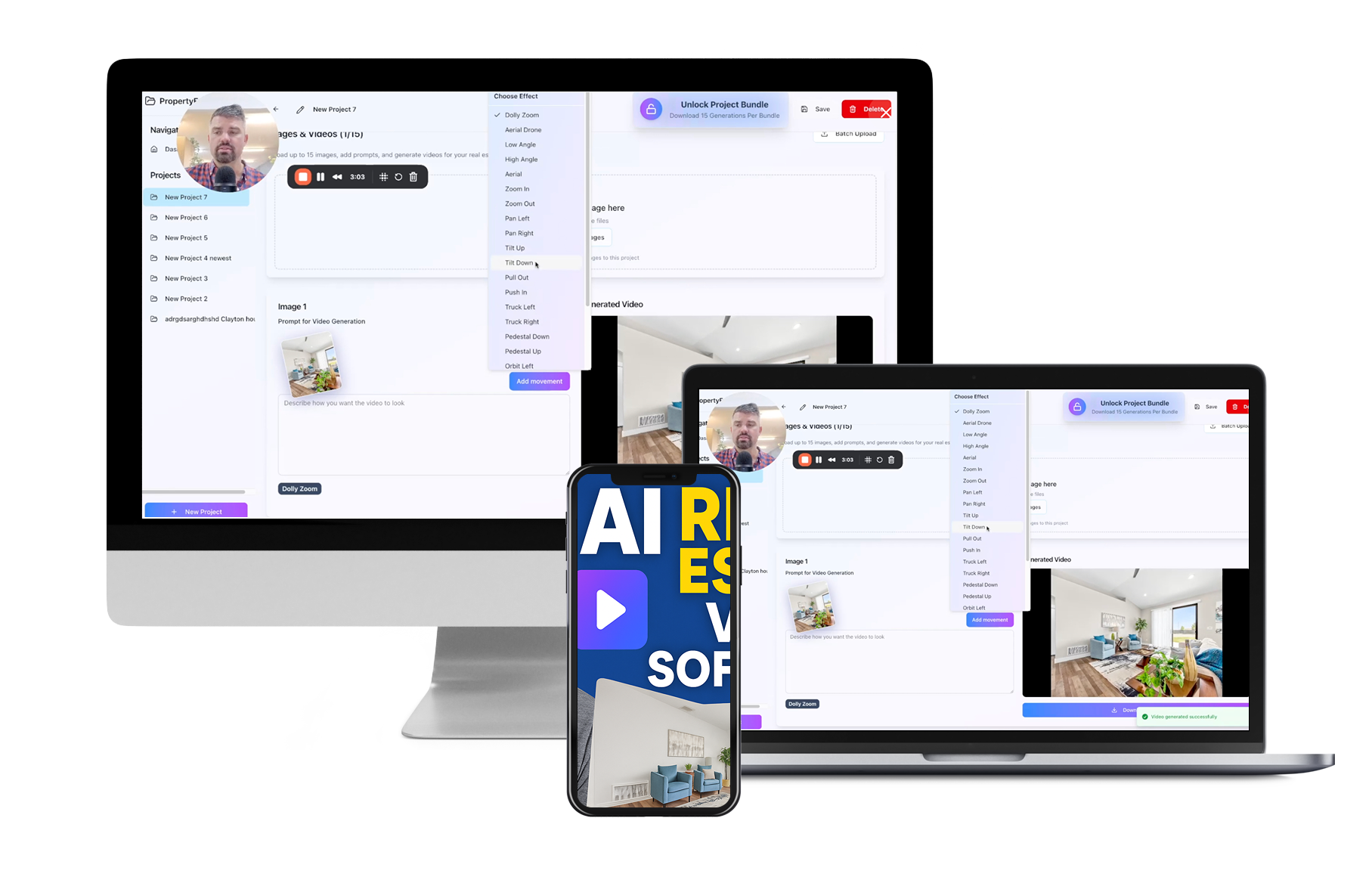
How Augmented Reality is Changing Home Staging in Real Estate
In the fast-paced world of real estate, innovation is key to staying ahead of the competition. One such innovation making waves is augmented reality. This technology is redefining traditional practices, and one area where its impact is profoundly felt is home staging. How Augmented Reality is Changing Home Staging in Real Estate goes beyond conventional methods, providing a new dimension to how properties are marketed and sold.
Understanding Augmented Reality in Real Estate
What is Augmented Reality?
Augmented reality (AR) overlays digital information, like images and sounds, onto the real world. In real estate, this means potential buyers can visualize changes or furnishings in a home without physically altering it. AR apps allow users to see how a couch or dining table fits within a space, enhancing their buying experience.
The Rise of Augmented Reality in Home Staging
Since its inception, AR has been steadily gaining traction across various industries. Within real estate, its potential to revolutionize home staging is particularly noteworthy. Traditional home staging can be costly and time-consuming, requiring movers, designers, and hefty investments. AR eliminates these hurdles by allowing virtual staging.
How Augmented Reality is Changing Home Staging in Real Estate
Eliminating Physical Staging Constraints
One significant benefit AR brings to real estate is the elimination of physical staging constraints. Sellers no longer need to spend vast amounts of money on furniture rental or temporary renovations. Instead, digital staging can present an array of design styles at the touch of a screen.
Enhancing Buyer Experience
Augmented reality significantly enhances the buyer's experience by providing an immersive view of a property. Buyers can move through homes, using their tablets or smartphones to see different furnishing styles and configurations. This personalized experience makes it easier for buyers to envision living in these spaces, increasing the likelihood of a sale.
Cost-Effective Solutions
- Reduction in Staging Costs: Traditional staging can cost thousands of dollars per property. AR drastically cuts these costs, offering a digital counterpart that is both efficient and less expensive.
- Marketing Synergy: AR can be integrated into digital marketing strategies, providing interactive content for websites and social media to attract more prospective buyers.
Expanding Reach
AR is not just about saving costs; it's also about reaching a broader audience. International buyers can tour properties virtually, gaining a comprehensive understanding of their potential investments without boarding a plane.
Practical Applications of Augmented Reality in Home Staging
Virtual Tours
Real estate agents use AR to augment virtual tours, providing enriched, interactive experiences. Prospective buyers can manipulate their views, changing furniture styles and exploring the property's potential to fit their tastes.
Augmented Walkthroughs
Buyers are guided through homes using AR-enhanced walkthroughs, where they can adjust home decor or architectural features on the fly. This not only saves time but also allows for creative and unique explorations.
Interior Design Flexibility
With augmented reality, the sky is the limit for interior design. Buyers experiment with colors, furnishings, and layouts, all within their view. This hands-on approach can be a decisive factor in sealing deals.
Benefits of Augmented Reality in Real Estate
Improved Decision-Making
AR aids in better decision-making by providing tangible visualizations of potential renovations or redesigns. Buyers can assess risks and rewards accurately before making financial commitments.
Increased Engagement
Real estate listings with AR components often receive higher engagement rates. The novelty and functionality draw users in, creating memorable experiences that traditional methods cannot replicate.
Accelerated Sales Cycles
The speed at which buyers can make decisions based on AR-enhanced tours and visualizations accelerates the sales cycle, allowing real estate professionals to close deals faster.
Challenges and Considerations
Technology Adoption
Despite its benefits, the widespread adoption of AR depends on technology literacy. Some users may require guidance or education to harness AR's full potential.
Developer Expertise
Creating effective AR applications requires skilled developers who understand both technology and real estate marketing. Quality applications are essential for achieving the best results.
Market Competition
As AR becomes a norm in real estate, staying ahead requires continuous innovation and updates to technological tools and strategies.
Future of Augmented Reality in Home Staging
Augmented reality's role in real estate will only grow as technology advances. With improvements, it is likely to become a staple tool for buyers and sellers alike.
- Integration with AI: As artificial intelligence technologies merge with AR, expect even more personalized and data-driven staging solutions.
- Innovative Design Trends: Real estate professionals will likely set new design trends through AR visualization, influencing market demands and buyer expectations.
Conclusion
In summary, How Augmented Reality is Changing Home Staging in Real Estate is undeniable. AR elevates the way real estate professionals present homes, providing cost-effective, immersive experiences that drive engagement and sales. As more industry players adopt this technology, the real estate landscape will continue to evolve, making AR an indispensable tool of the trade.
If you're interested in leveraging AR for your real estate needs, start exploring various AR apps today. Transform your property listings and captivate your audience like never before. Contact us for more information on implementing cutting-edge technology in your real estate business.
Related Articles
- The Future of Virtual Reality in Real Estate
- Top Augmented Reality Apps for Interior Design
- How Technology is Revolutionizing Real Estate Marketing



